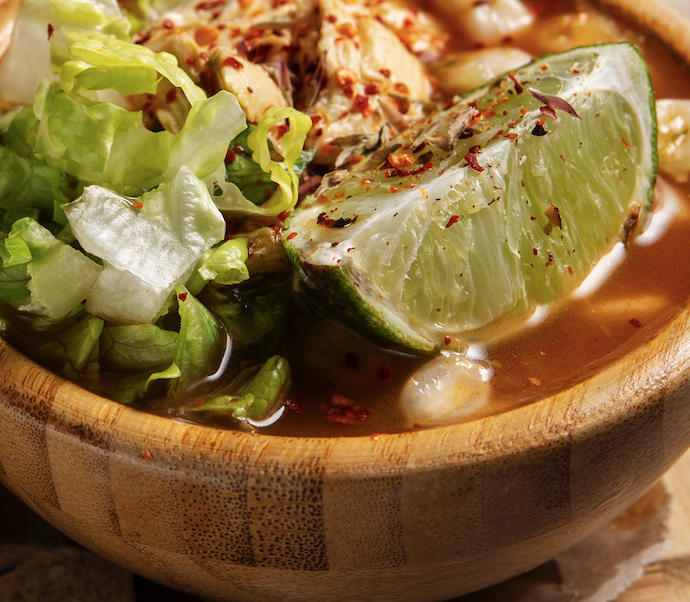The shocking history of pozole you never knew
Pozole is one of Mexico’s most beloved dishes — a corn-based soup that warms hearts across the country during holidays, family gatherings, and celebrations. But behind its delicious flavors lies a history that very few people know… and it’s shocking.
Pozole in pre-Hispanic times
Long before the Spanish arrived in Mexico, pozole was considered a sacred dish among indigenous communities, especially the Mexicas (Aztecs). It was traditionally made with hominy corn (nixtamalized maize), chile, and herbs.
But according to some Spanish chronicles, pozole was allegedly linked to ritual ceremonies where the meat used might have come from sacrificial victims. While historians continue to debate this claim, it remains one of the most controversial aspects of Mexican culinary history.
The Spanish influence changes everything
When the Spanish colonizers banned indigenous rituals, pork replaced the controversial “original” ingredient. This substitution transformed pozole into the dish we know today — still ceremonial, still communal, but now served for family feasts and national holidays, far from its ritualistic past.
Regional pozole traditions
Today, pozole reflects Mexico’s rich diversity:
Pozole blanco (Guerrero): simple, clean broth with oregano and onion.
Pozole rojo (Jalisco): red chile base giving it a richer, spicier profile.
Pozole verde (Guerrero): made with tomatillo, green chile, and pumpkin seeds for a vibrant flavor.
It is not just food — it is heritage, with recipes passed down through generations.
Why pozole matters today
Pozole tells the story of Mexico’s cultural journey from pre-Hispanic times to modern celebrations. From alleged rituals to Independence Day feasts, it represents resilience, adaptation, and community.
At eatmex.mx, we believe pozole is more than a dish — it’s history in a bowl.
#Pozole #MexicanFood #FoodHistory #MexicoCuisine #TraditionalRecipes #EatMex #AuthenticFlavors
